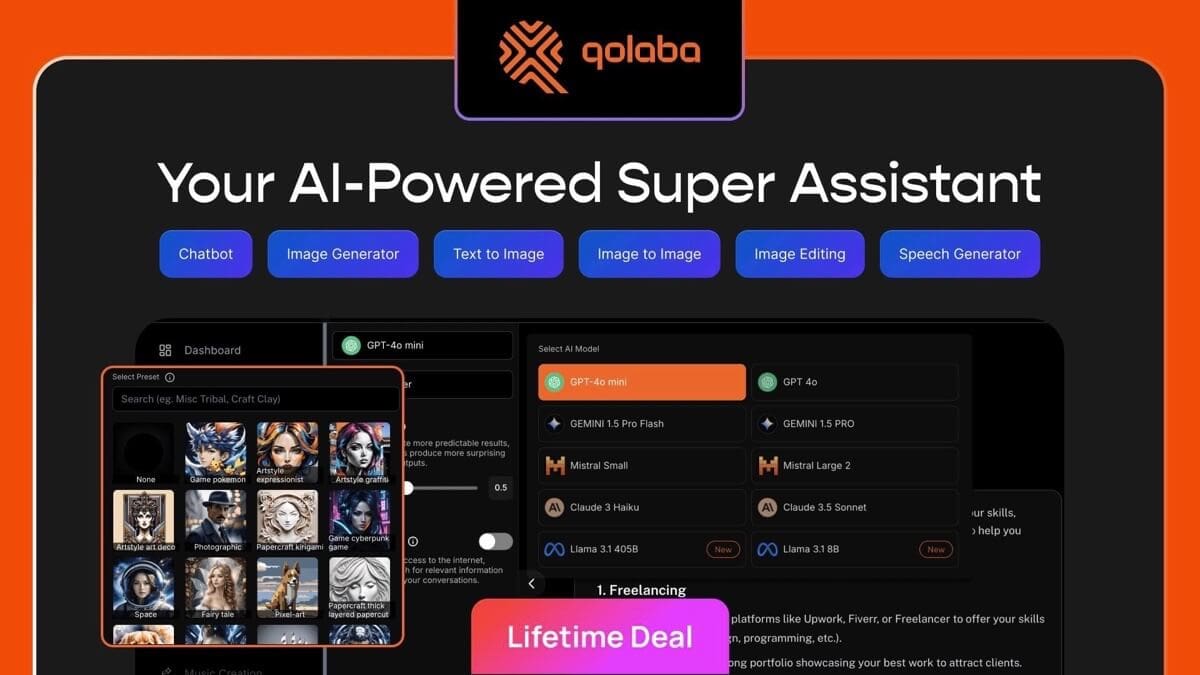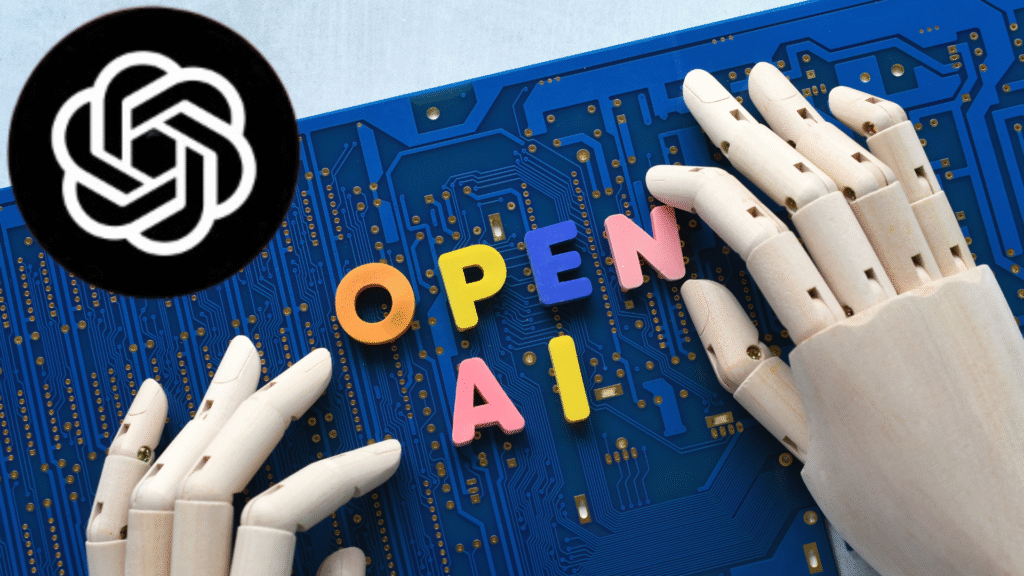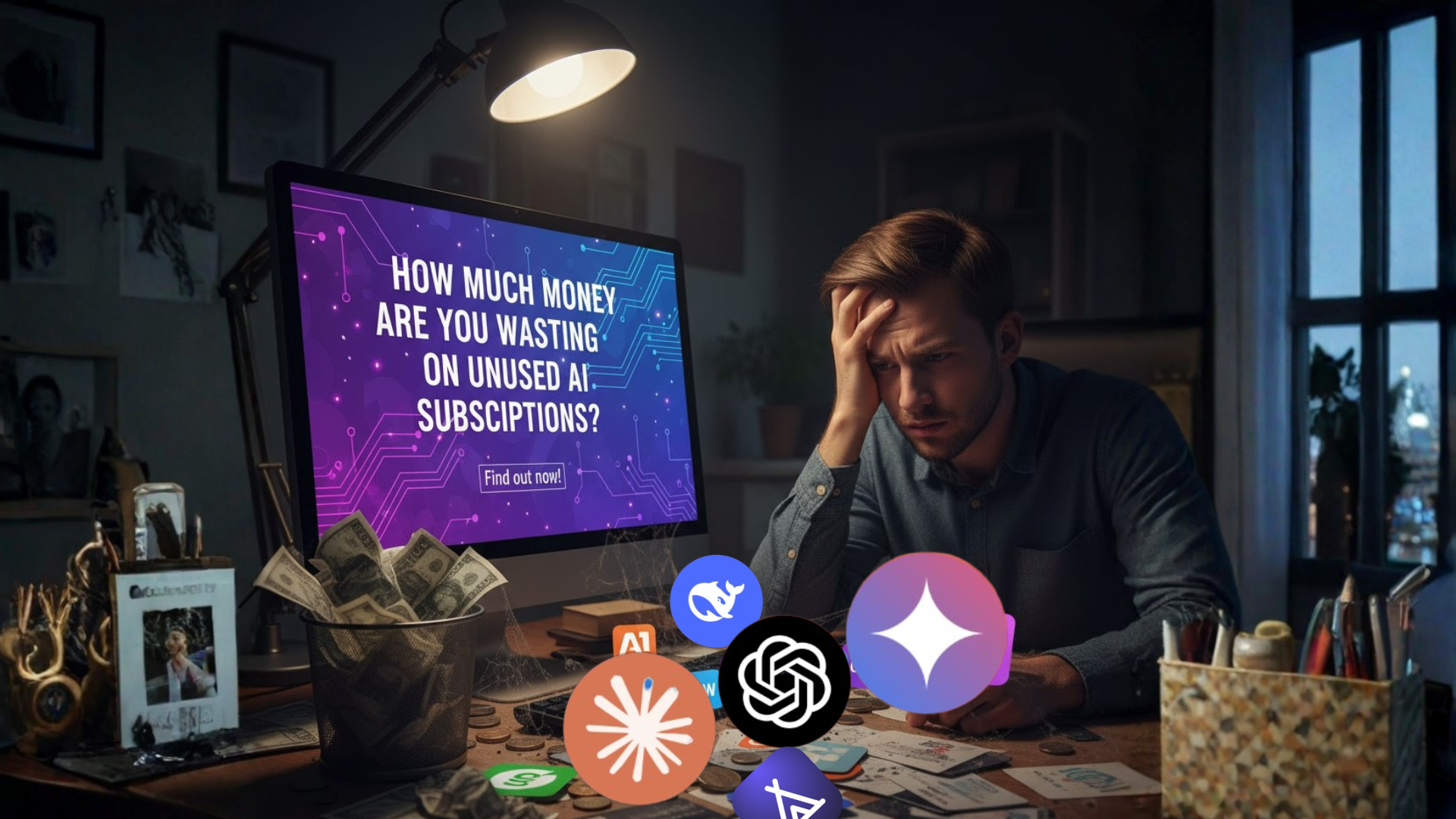Your team relies exclusively on OpenAI’s models. ChatGPT for conversations, GPT-4 for content creation, DALL-E for images. It’s convenient, familiar, and increasingly limiting.
While OpenAI produces excellent AI models, single-vendor dependency creates innovation bottlenecks that competitors using model diversity are exploiting for competitive advantage.
Here’s why vendor lock-in constrains creative potential and how multi-model platforms unlock superior outcomes.
Understanding AI Vendor Lock-in

What Single-Vendor Dependency Means
Vendor Lock-in Definition: Organizational reliance on one AI provider’s models, APIs, and ecosystem, making switching costs high and alternative exploration difficult.
Common OpenAI Lock-in Patterns:
- All text generation through GPT models regardless of task requirements
- Image creation limited to DALL-E capabilities and style constraints
- Team training focused exclusively on OpenAI interfaces and optimization
- Workflow integration built around OpenAI’s specific API structure
Strategic Risk: Innovation potential becomes constrained by single vendor’s development priorities and model capabilities.
How Vendor Lock-in Develops
- Phase 1: Teams choose OpenAI for simplicity—one account, consistent interface, comprehensive documentation.
- Phase 2: Processes, prompts, and team skills optimize around OpenAI’s specific capabilities.
- Phase 3: Changing providers requires retraining, workflow restructuring, and prompt library rebuilding.
- Phase 4: Team creativity becomes constrained by single vendor’s model characteristics and development roadmap.
The Innovation Constraints of Single-Vendor AI

Model Architecture Limitations
Research from AI Performance Studies demonstrates that different model architectures excel at different creative and analytical tasks due to varying training approaches and optimization focuses.
OpenAI Model Characteristics:
- Conversational Excellence: GPT models optimize for human-like dialogue
- Consistent Style: Predictable output patterns across different content types
- General Purpose Focus: Broad capability rather than task-specific optimization
- Training Bias: Reflects OpenAI’s specific training data and methodology
- Innovation Limitation: Teams miss specialized model capabilities that might produce superior results for specific use cases.
The Creative Homogenization Problem
Single-Model Output Patterns:
- Voice Consistency: All content carries similar stylistic characteristics regardless of brand requirements
- Approach Uniformity: Problem-solving follows predictable patterns based on model training
- Creative Boundaries: Innovation constrained by single model’s capabilities
- Competitive Similarity: Organizations using identical models produce increasingly similar outputs
- Market Impact: While your team produces predictable OpenAI-style content, competitors using model diversity create distinctive, differentiated outputs.
The Model Diversity Advantage

Specialized Excellence Through Variety
Academic research from Stanford’s AI Institute shows that task-specific models consistently outperform general-purpose alternatives for specialized applications.
Creative Benefits:
- Style Variety: Different models generate distinct creative approaches to identical briefs
- Quality Optimization: Access to models that excel at specific content types
- Innovation Potential: Unexpected solutions from diverse AI training backgrounds
- Competitive Differentiation: Unique outputs that stand apart from single-vendor homogeneity
Real-World Model Specialization
Content Creation Diversity:
- Anthropic’s Claude: Excels at analytical thinking and nuanced reasoning
- Google’s Gemini: Optimizes for factual accuracy and research synthesis
- Specialized Models: Fine-tuned for specific industries, tones, or content formats
Image Generation Specialization:
- Midjourney: Artistic and stylized visual creation
- Stable Diffusion: Photorealistic and customizable image generation
- Specialized Visual AI: Industry-specific imagery for architecture, fashion, or technical illustration
How Qolaba Eliminates Vendor Lock-in

Comprehensive Multi-Vendor Access
Qolaba provides access to 60+ AI models from multiple vendors through unified interface, eliminating vendor lock-in while expanding creative possibilities:
Diverse AI Providers:
- OpenAI Models: GPT-4, GPT-3.5, and DALL-E when optimal for specific tasks
- Anthropic Models: Claude for analytical and reasoning-intensive work
- Google Models: Gemini for research and factual accuracy requirements
- Specialized Models: Industry-specific and task-optimized AI capabilities
- Emerging AI: Access to cutting-edge models as they become available
Intelligent Model Selection
Smart Features:
- Intelligent Routing: Automatic recommendation of optimal models based on content type and requirements
- Performance Comparison: Test identical prompts across different models to identify best approaches
- Workflow Integration: Seamless transitions between AI models within unified projects
- Future-Proof Architecture: New AI models integrate without disruption or retraining
The Competitive Reality of Vendor Diversity

Market Advantages Through Model Independence
Organizations breaking free from OpenAI vendor lock-in report:
- Creative Differentiation: Unique outputs that stand apart from OpenAI-homogenized competitor content
- Innovation Acceleration: Access to specialized AI capabilities unlocking new creative possibilities
- Strategic Flexibility: Quick adaptation to new AI developments without platform constraints
- Risk Mitigation: Reduced dependency on single vendor decisions, pricing changes, or service availability
The Innovation Opportunity
While competitors remain locked into single-vendor limitations, multi-model organizations access:
- Superior task-specific performance from specialized AI models
- Creative variety that differentiates market offerings
- Innovation opportunities from diverse AI approaches
- Strategic independence from single vendor business decisions
Warning Signs of Vendor Lock-in

Operational Indicators
- All AI work flows through single vendor regardless of task requirements
- Team training focuses exclusively on one AI provider’s tools
- Difficulty accessing specialized AI capabilities for specific use cases
- Homogeneous output style across different projects and content types
Strategic Indicators
- Limited AI innovation due to single-vendor capability constraints
- Competitive disadvantage against organizations using specialized models
- Vulnerability to single vendor pricing changes or service disruptions
- Inability to leverage AI breakthroughs from alternative vendors
Breaking the Lock-in Cycle

Vendor lock-in represents strategic vulnerability that compounds over time. Every month of single-vendor dependency means:
- Missed innovation opportunities from specialized AI models
- Creative limitations compared to model-diverse competitors
- Increased switching costs as workflows optimize around single vendor
- Strategic vulnerability to vendor business decisions beyond your control
The solution is vendor-independent AI platforms that provide model diversity without workflow complexity.
Try Qolaba to transform vendor dependency into strategic independence through intelligent model diversity.





